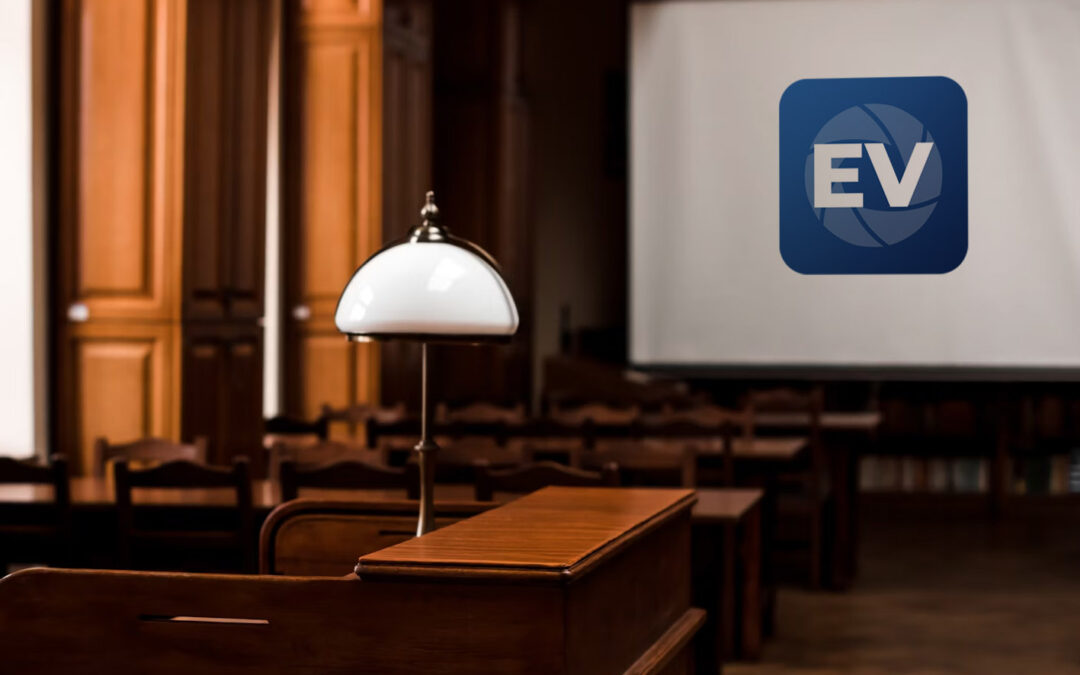Multimedia trial presentations make it easier to organize and display evidence.
Just How Trial Presentations Enhance Your Argument and Persuade Jurors
Trial discussions offer as a critical device for improving lawful debates and persuading jurors. The tactical use of visuals not just clears up complex info yet also captures jurors' attention much more effectively than words alone.

Importance of Visual Aids
Visual help play a critical role in improving the performance of test presentations, as they can significantly raise target market involvement and retention of info. In the context of a test, where jurors are tasked with handling facility details, visual help offer to streamline and clarify bottom lines. Charts, charts, and images can convey data and principles that may or else bewilder or perplex jurors, permitting for a much more simple understanding of the proof offered.
In addition, aesthetic aids aid in preserving juror interest throughout the procedures. By breaking the uniformity of verbal testament, these devices can stress essential debates, making them more remarkable. Reliable visual help can also stimulate emotional actions, which can be essential in encouraging jurors to align with the speaker's narrative.

Crafting Engaging Narratives
A compelling narrative is crucial in trial discussions, as it offers as the foundation of effective persuasion. It allows lawyers to weave together truths, proof, and emotional elements into a systematic tale that resonates with jurors. This narrative framework makes it possible for jurors to comprehend the complexities of the instance while directing them via the lawyer's argument.
To craft an engaging narrative, lawyers should concentrate on clarity and coherence. This involves developing a clear protagonist-- often the client-- and describing their trip with the occasions concerned. Presenting the facts in a rational series improves understanding and preserves involvement. Additionally, the usage of brilliant descriptions can produce mental pictures that aid jurors visualize the occasions, making the narrative a lot more unforgettable.
Furthermore, incorporating key motifs throughout the presentation strengthens the core message and help in retention - trial presentations. The narrative ought to not only share information however additionally stimulate a sense of justice, highlighting the stakes included. Inevitably, a well-constructed narrative promotes a connection between the jurors and the instance, placing the attorney's argument as both reputable and engaging, therefore increasing the probability of a desirable judgment

Involving the Court Psychologically
Reliable court interaction depends upon the attorney's ability to connect with jurors on a psychological level. This connection can substantially affect jurors' understandings and their ultimate decision-making. Making use of sob stories allows lawyers to humanize the instance, changing abstract legal concepts into relatable experiences. By providing real-life stories or endorsements, attorneys can evoke compassion and compassion, promoting a much deeper understanding of the issues at stake.
Aesthetic help, such as photographs or videos, can additionally boost emotional engagement, offering jurors with dazzling depictions of the case's human elements. Crafting a narrative that highlights the struggles and victories of the individuals included makes sure that jurors see past the lawful arguments and recognize the human consequences of their decisions.
Furthermore, tone and body movement play a critical duty in conveying emotion. An attorney's enthusiastic delivery can reverberate with jurors, enhancing their psychological financial investment in the event. It's important to balance psychological appeals with accurate evidence, making certain that jurors really feel compelled to act while remaining based in the fact. Ultimately, a mentally engaged court is extra most likely to be encouraged, making psychological connection an read this important component i thought about this of effective test discussions.
Structuring Your Discussion

The body of the discussion must be realistically fractional right into key factors, each supported by engaging evidence. It is helpful to use narration techniques to weave realities into a story that jurors can easily adhere to. Visual help, such as graphes and videos, can boost comprehension and involvement, helping to highlight essential pieces of proof.
Real-World Study
Analyzing real-world situation researches gives invaluable insights into the art of trial presentations and persuasion. The defense team successfully utilized an approach that incorporated top-level specialist testaments with multimedia discussions, which astounded jurors and ultimately affected their choice.
An additional notable instance is the "McDonald's Coffee Instance," where the complainant's lawyers made use of graphic pictures of the injuries suffered by Stella Liebeck. trial presentations. This stark aesthetic proof played a critical duty in sharing the extent of her burns, leading to a significant jury award. Such cases demonstrate that impactful test discussions usually depend upon the reliable combination of visuals and storytelling to evoke psychological feedbacks from jurors
In addition, the "Casey Anthony Test" highlighted the significance of narrative coherence and reliability. The prosecution's failure to investigate this site establish a compelling timeline lessened their influential power, highlighting the necessity of a well-structured discussion. Examining these situations reveals that effective trial presentations call for tactical planning, psychological interaction, and the capacity to reverberate with jurors' values and ideas.
Final Thought
Trial discussions considerably boost disagreements and persuade jurors via the tactical use of aesthetic aids, engaging narratives, and psychological engagement. By streamlining complex details and promoting links with the audience, these components create a remarkable and impactful experience. A well-structured presentation equilibriums emotional charms with factual proof, inevitably resonating with jurors' worths. The integration of these strategies not only influences decision-making yet also highlights the importance of efficient interaction in the courtroom.